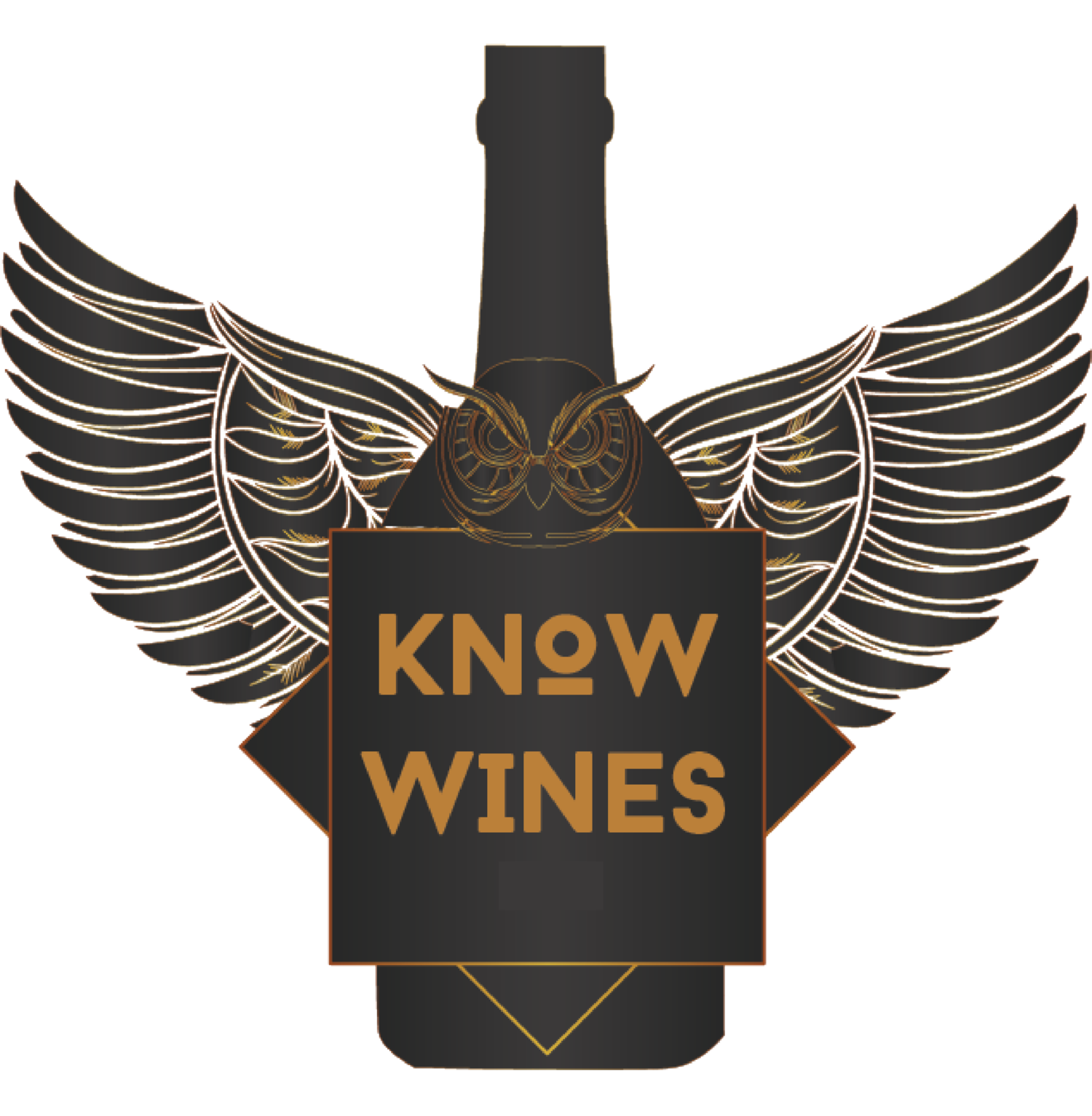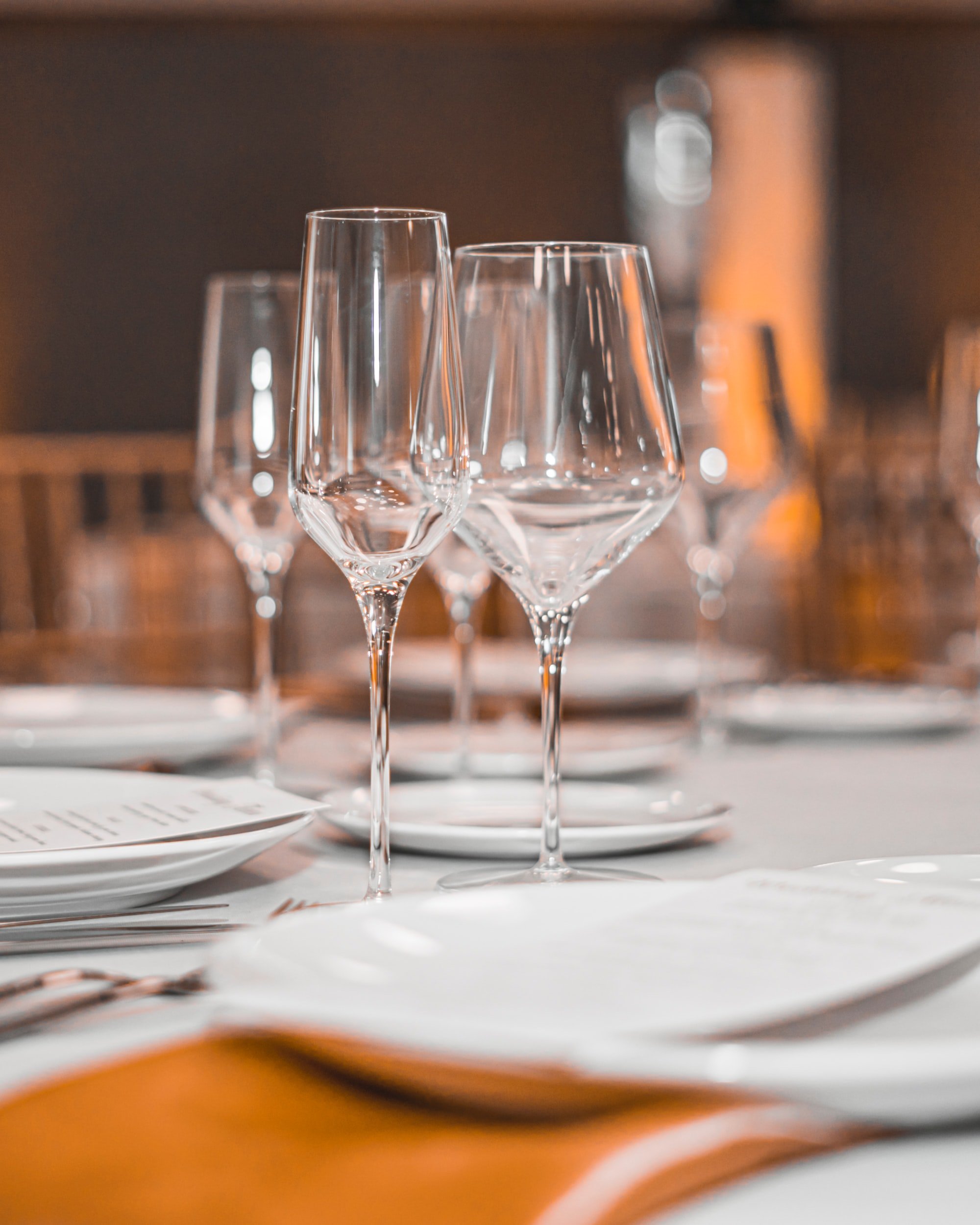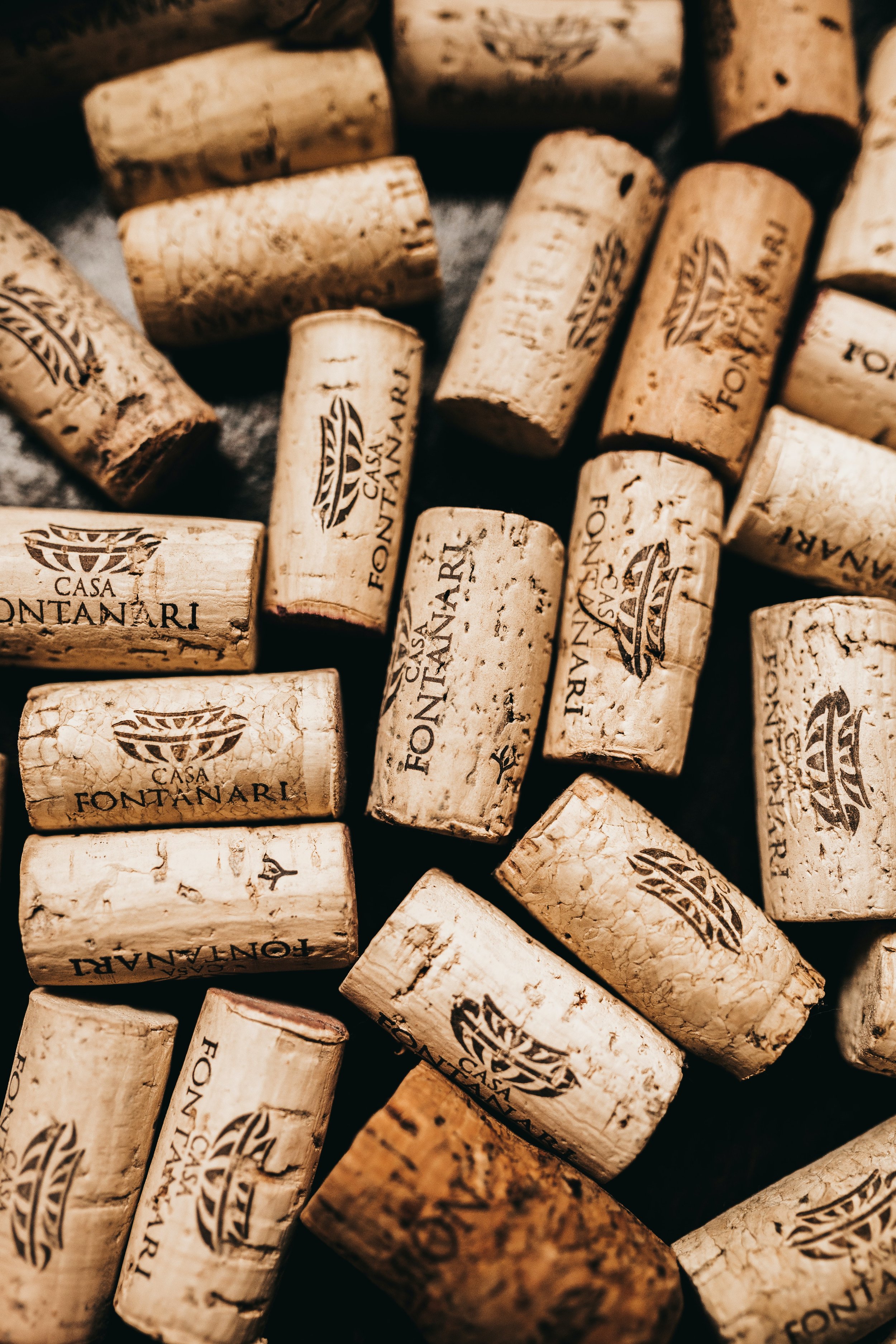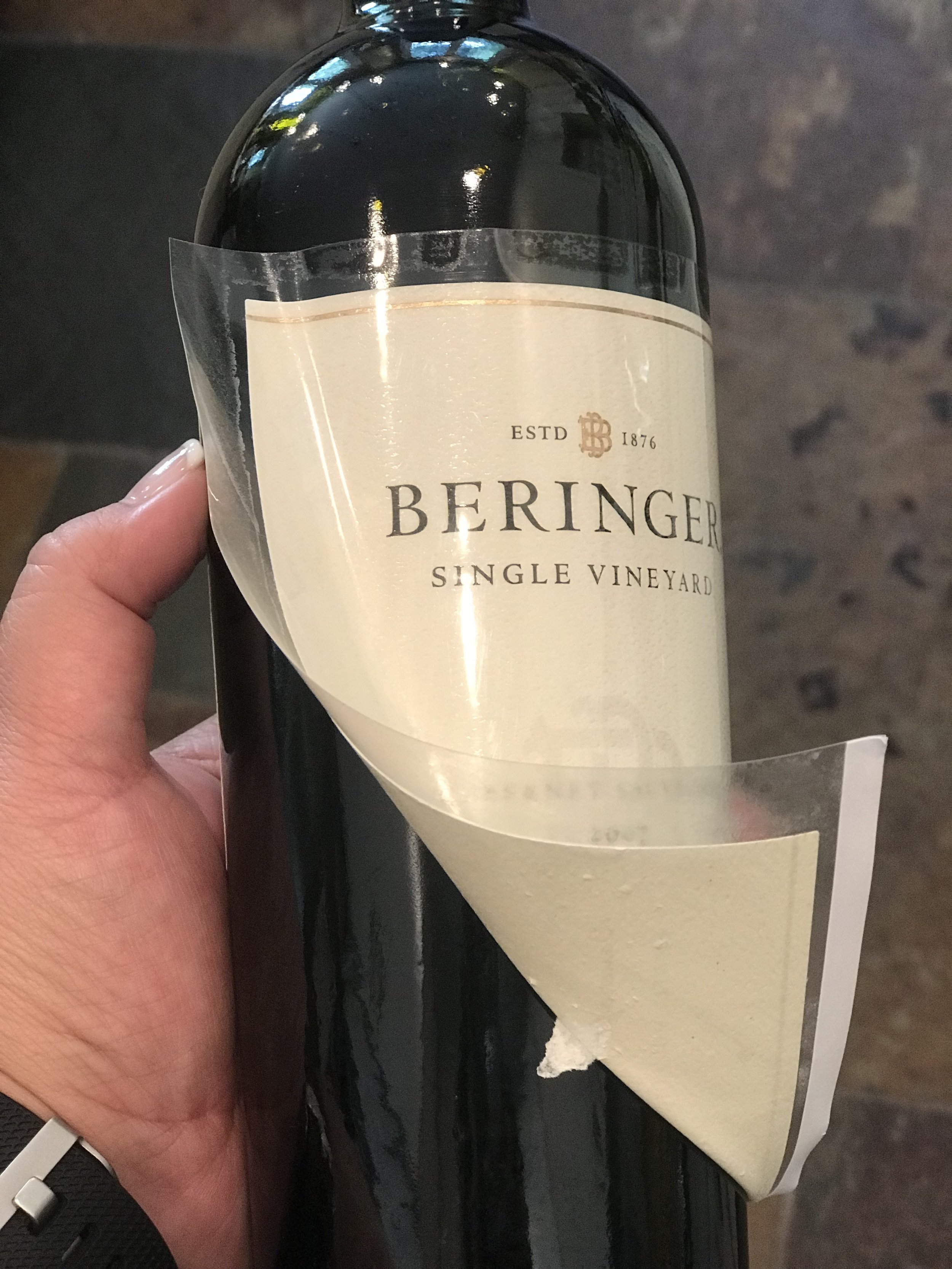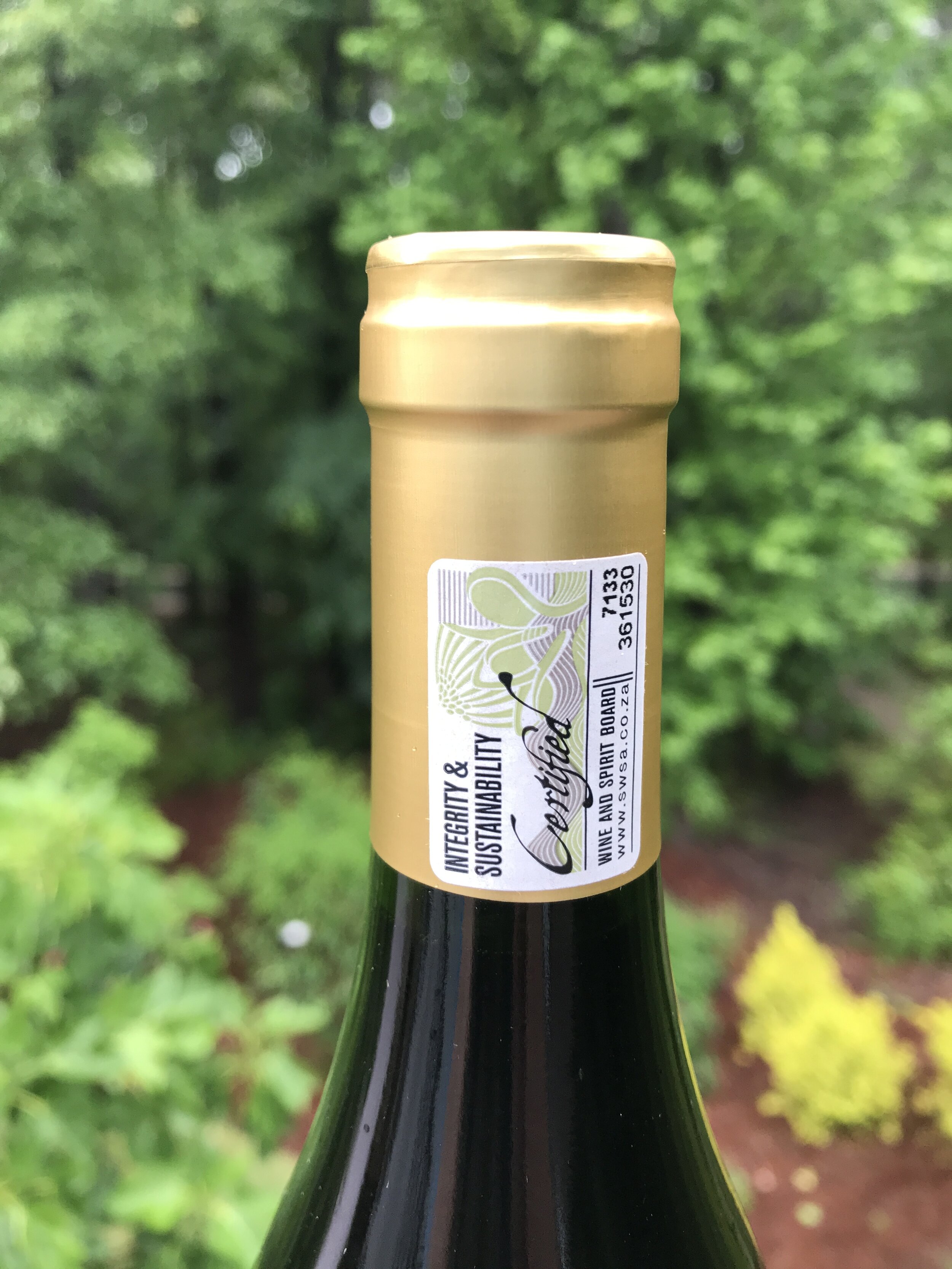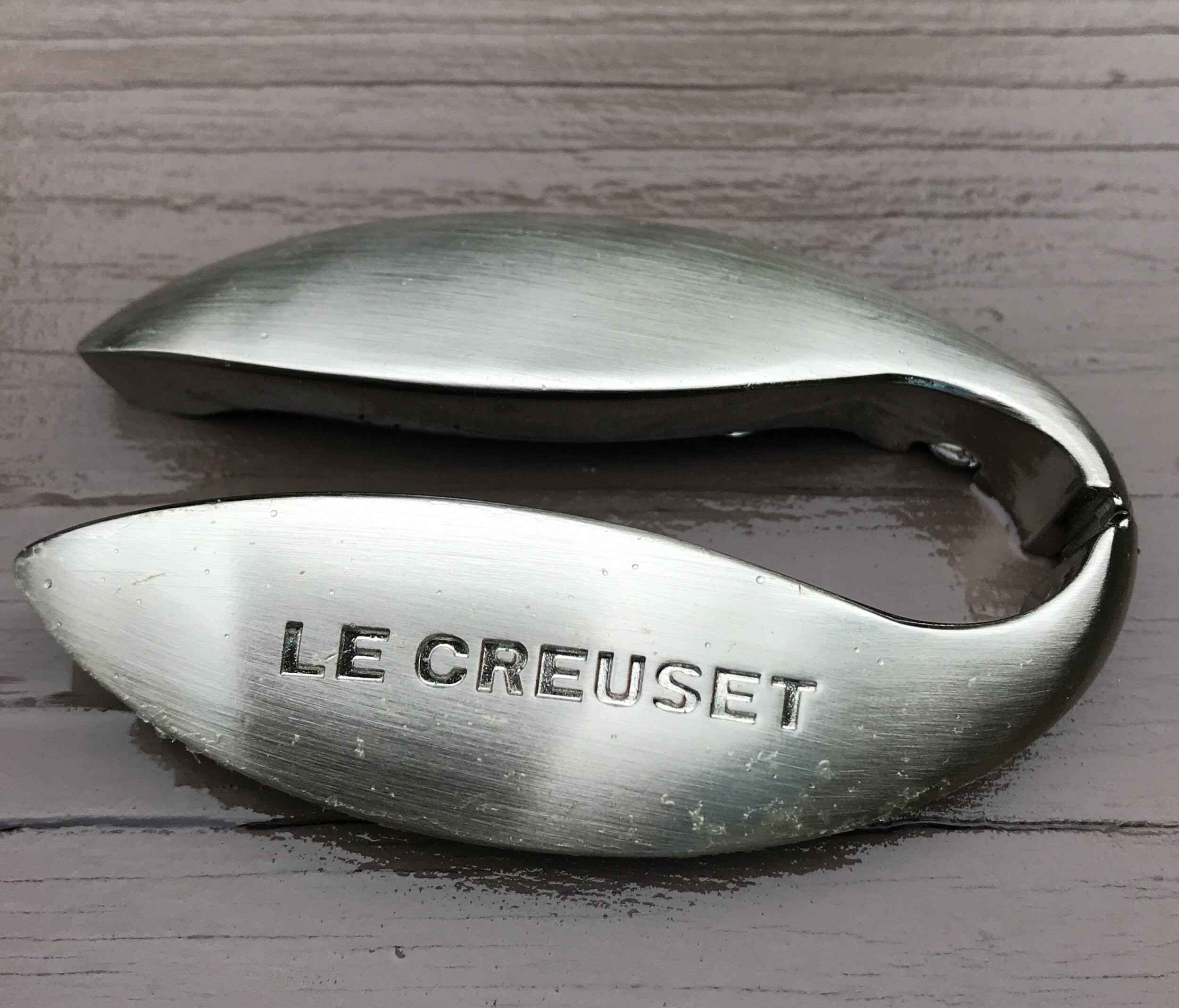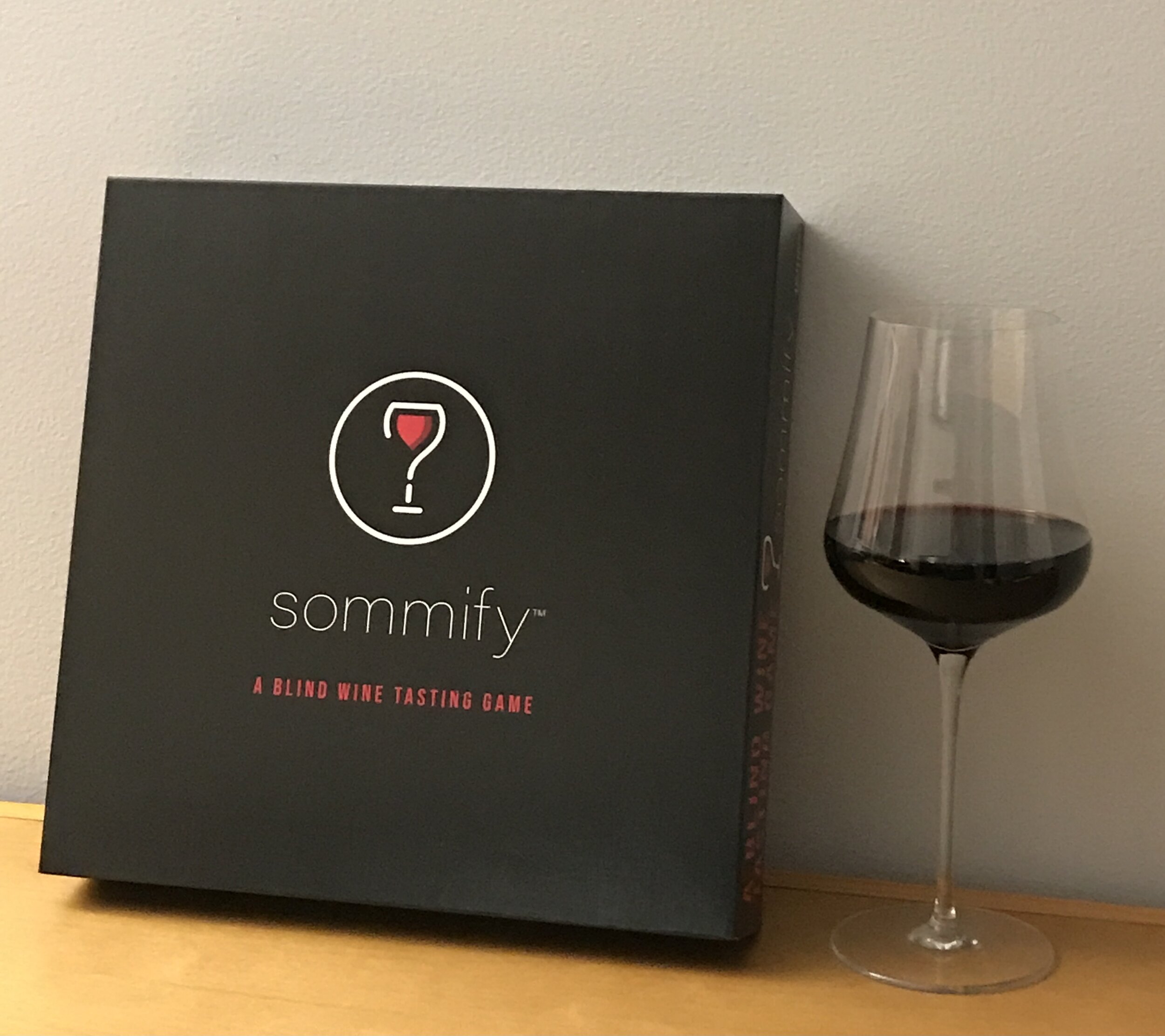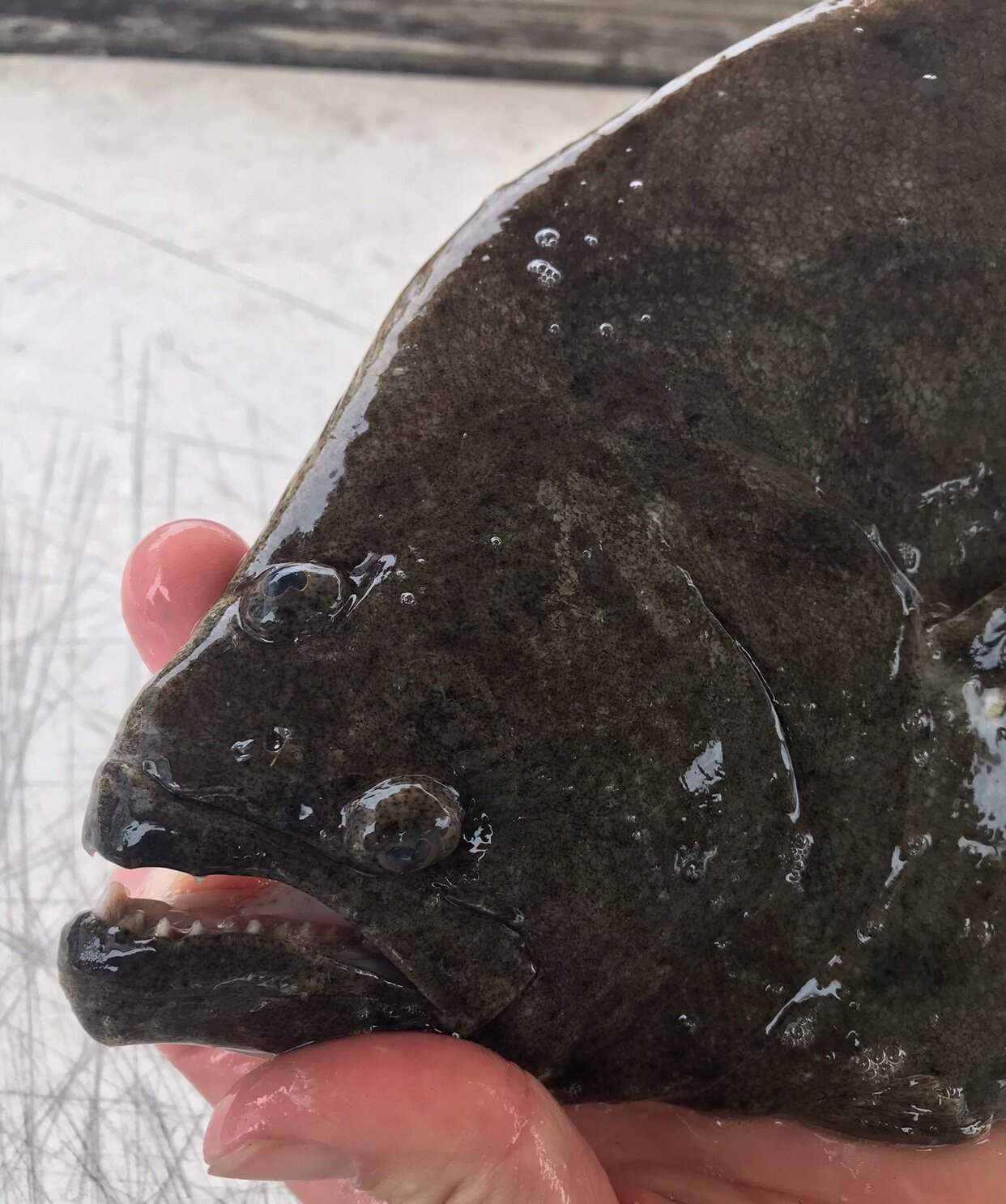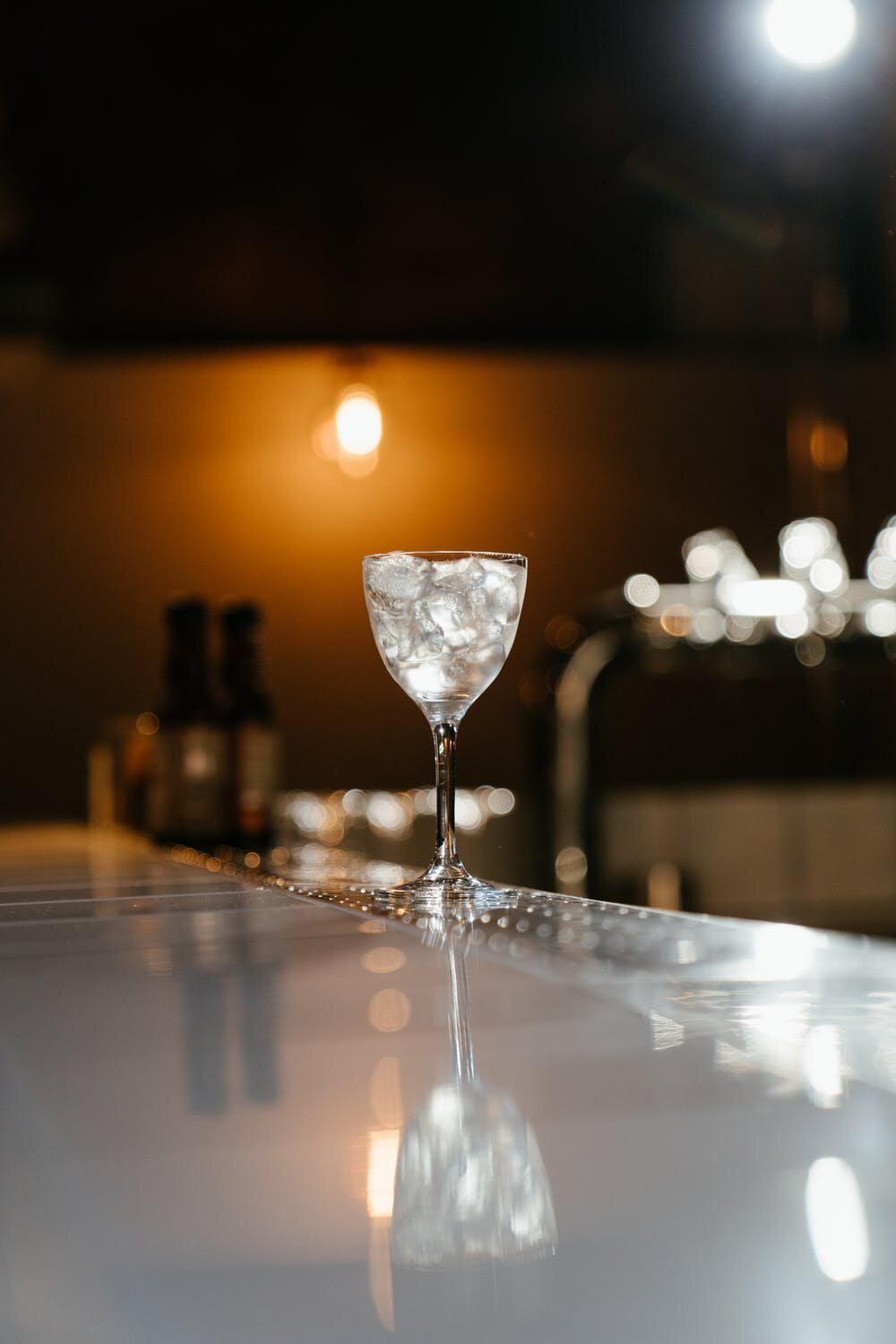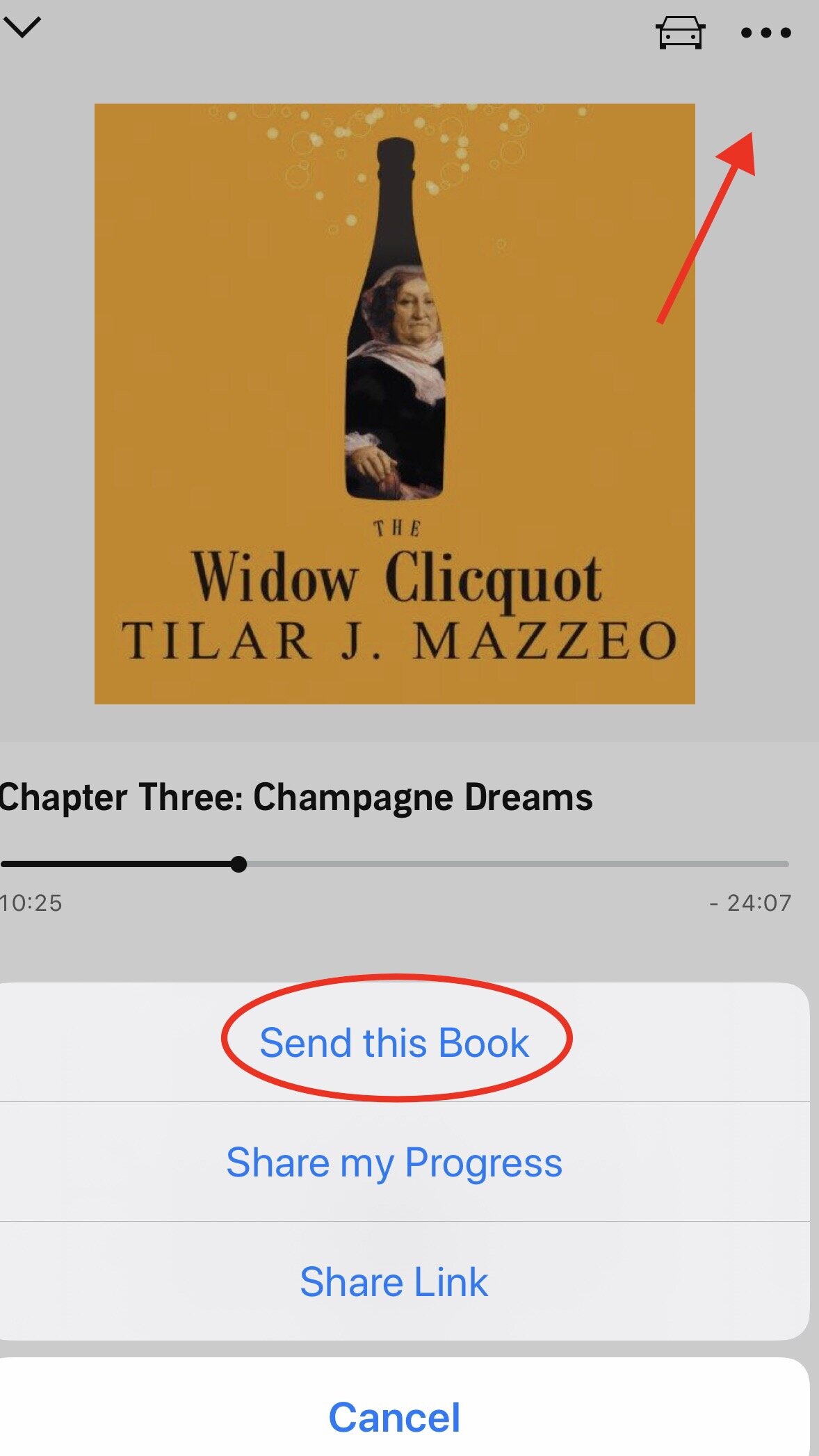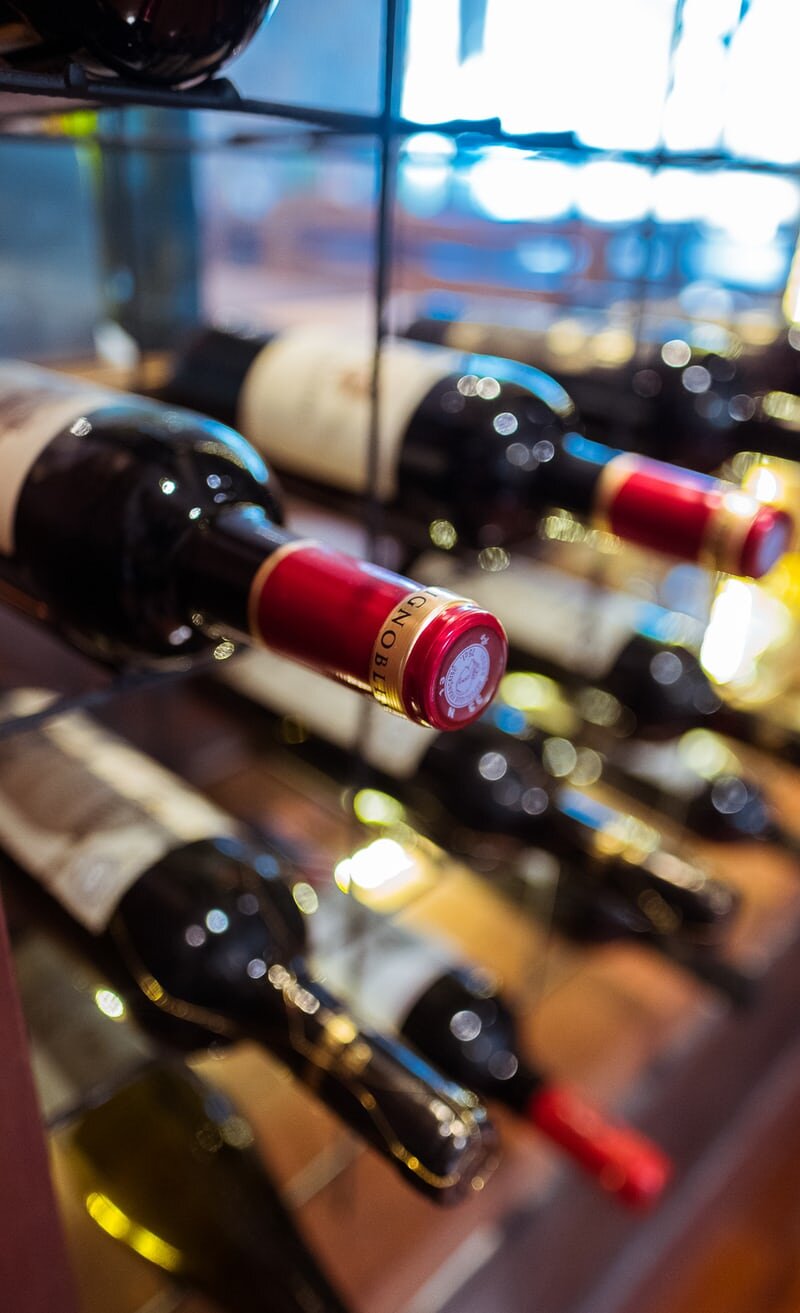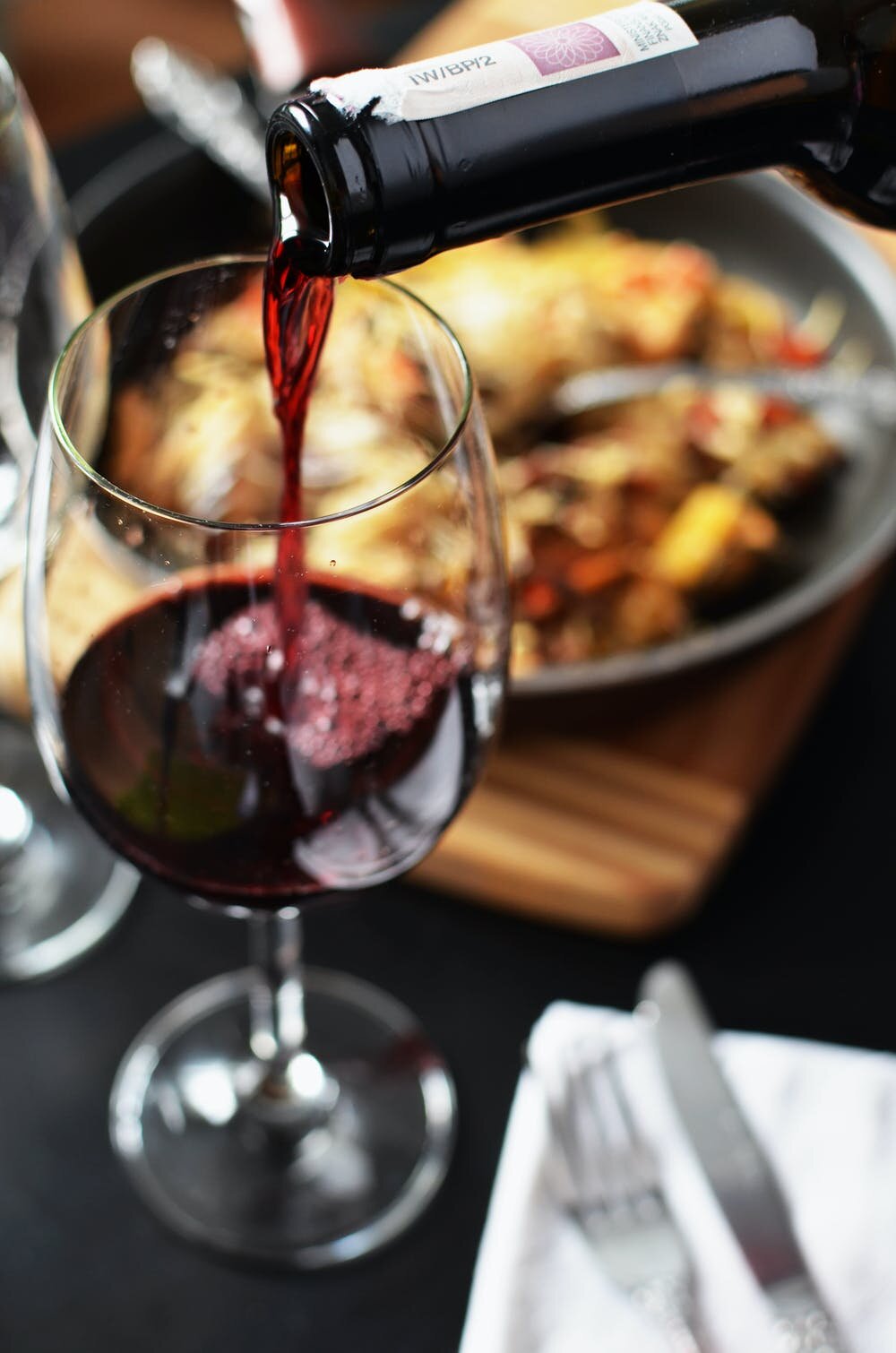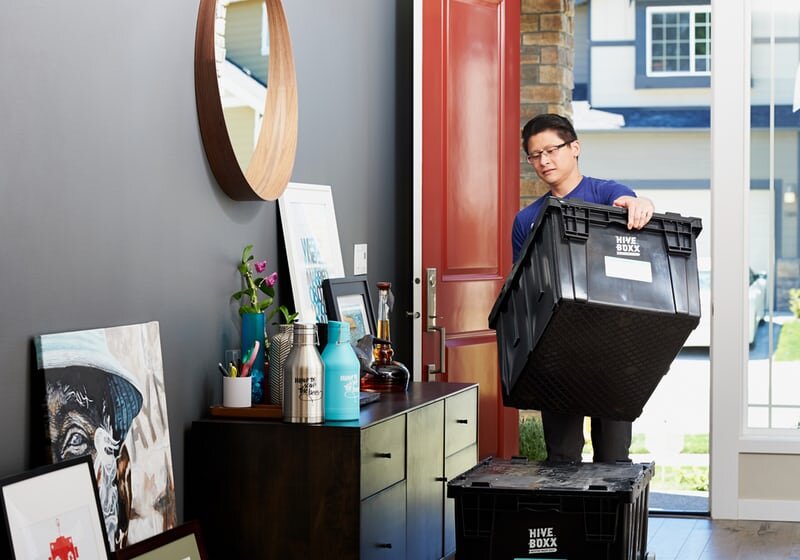Over the past three years, we’ve reviewed a number of great wine glasses, from Zalto to Gabriel Glas to YETI Wine Tumblers. As it turns out, there are lots of great wine glasses out there, but it’s helpful to know which glass is best for a particular situation. You wouldn’t use the same wine glass for an at-home dinner party as you would for a beachfront bonfire.
In this blog, we’re sharing our go-to list for the best wine glasses for 2022, by application and type of wine. Whether you’re drinking white wine poolside or enjoying a nice bottle of red on Valentine’s Day, this list has what you need.
Before we share our list of 2022’s best wine glasses, though, a little about the KnowWines blog. We’re an Amazon.com affiliate and we do receive a small commission if you purchase items through our affiliate links at no cost to you. The commissions help us pay for web hosting fees, our podcast, products to test, and other costs associated with running this site. Thank you for using our affiliate links and supporting this independent blog!
Best Wine Tasting Glass
Try the Gabriel Glas StandArt. The shape of this glass, which works well for all types of wine, really brings out the flavors of each wine for maximum drinking pleasure. Great for wine tastings!
Best Riedel Wine Glass
The best Riedel Wine Glass in 2022 is the Riedel 00 Wine Collection. This is a beautiful, classic Riedel bowl, ideal for most wine styles. It’s also great for making stylish Gin & Tonics!
Best Red Wine Glass
We recommend the Zalto Josephine No. 2 Universal Universal Glass—a beautiful choice for letting those bold red wines breath.
Best White Wine Glass
Gabriel Glas StandArt. Gabriel Glas is made in Austria by highly skilled European craftsmen, of the highest quality lead-free Austrian crystal.
Best Champagne Flute
Go with JoyJolt. Made in Europe (Czech Republic), these stylish flutes will please your guests and do justice to that pricey bottle of Champagne. If it’s a Champagne party of two and you just can’t finish the bottle, check out our article on how to store an open bottle of Champagne.
Best Zalto Wine Glass
KnowWines recommends the Zalto Josephine No. 2 Universal Universal Glass. Elegantly styled and perfect for any red or white wine.
Best Gabriel Glas Wine Glass
Gabriel Glas StandArt. We’re fans of Gabriel Glas, and we appreciate the shape and enduring high quality of this glass.
Best Large Wine Glass
Here’s a large wine glass that won’t break the bank and is very durable and dishwasher safe. Made in Europe and popular with catering businesses, the generous 21.9 ounce bowl (that’s almost 650 mL) is perfect for appreciating aromas of red wine (or, for Friday evenings when you’ve had a long week!).
Best Oversized Wine Glass
This giant 20” wine glass can be used as a birthday gift, wine bottle chiller, or fish bowl. Check out more funny wine glasses here.
Best Bordeaux Wine Glass
For Bordeaux wines, go with the Riedel VINUM (buy 6, get 2 free!). A classic & great-looking wine glass.
Best Fancy Wine Glass
Baccarat is the best choice for luxury wine glasses that will become family heirlooms.
Best Wine Goblet
Sometimes, a regular wine glass won’t do. When you want to drink like a king or a queen, go with the Marquis by Waterford goblet.
Overall Best Crystal Wine Glass
Gabriel Glas really is the gold standard in crystal wine glasses.
Best Wine Tumbler
When it comes to versatile wine tumblers, we’re fans of the Yeti Rambler Wine Tumbler. For our full review of this Yeti tumbler, click here.
Best Funny Wine Glass
We get a kick out of this Beaker Wine Glass, but everyone’s sense of humor is different. Check out our blog on funny wine glasses to get find a wine glass that makes you laugh.
Best Unbreakable Wine Glass
Sometimes you need a stylist wine glass for a location where glass is a no-no, like boats or the pool patio. Try this Michley glass, or read our article on more unbreakable wine glasses.
Best Plastic, Stemless Wine Glass
Go anywhere with GoVino. Read our full review of dishwasher safe GoVino glasses here.
Best Cool Wine Glass
YETI gets the “cool” prize. It keeps your wine cool, and it’s pretty hip, too. You can even get YETI wine tumblers etched and personalized by Mac & Row of Fairview, Kansas.
Best Set of 2 Wine Glasses
The Gabriel Glas StandArt Set of Two makes a lovely Valentine’s Day gift. And they’re great to have on hand for at-home date nights.
Best Set of 6 Wine Glasses
We’ve featured a lot of traditional wine glasses. If you’d like a set of six wine glasses in a slightly more modern style, these are quite popular and have great reviews. Great if you’d like to recreate the look of wine glasses at trendy fast-casual bistros.
Best Set of 12 Wine Glasses
For the occasional large party where you are seeking function over quality, we recommend Libby All-Purpose Wine Party Glasses. Also, check out our article on wine glass charms, which are a fun way to make sure everyone keeps track of their own glass at dinner parties.
We hope you found the wine glasses that are right for you!
Want more great content on wine glasses? Check out our articles how to hold a wine glass, traveling with wine glasses, wine glass polishing cloths, storing wine glasses, and moving wine glasses.
Cheers!
